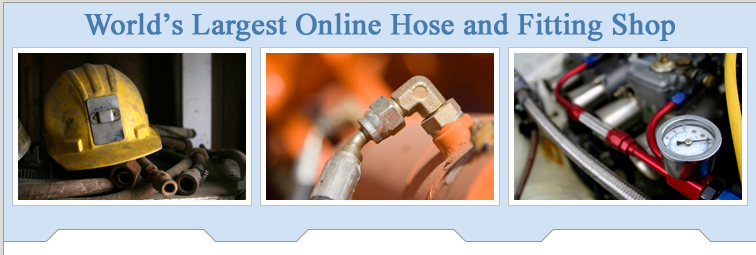
Is it Time for a Pump Overhaul?
January 15, 2017
I want to go over how to determine the condition of the hardest working component of a hydraulic…
By webadmin

The Best Time for a Maintenance and Reliability Audit
July 24, 2016
The BEST time to carry out a maintenance and reliability audit on a piece of hydraulic equipment is BEFORE you…
hydraulic repairs, Hydraulic system, hydraulics
By webadmin

